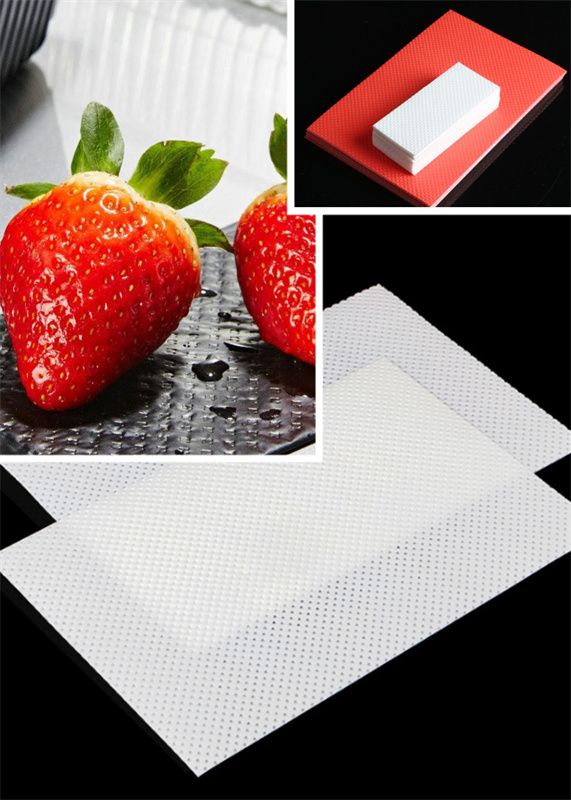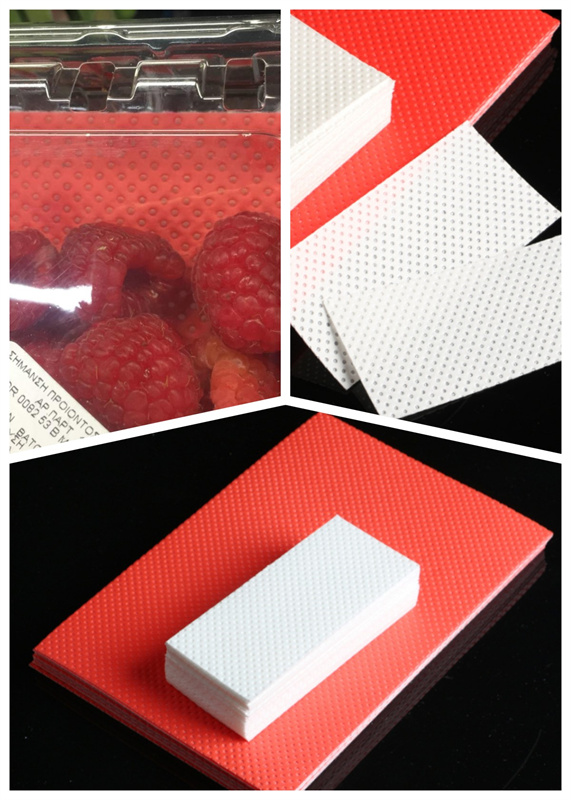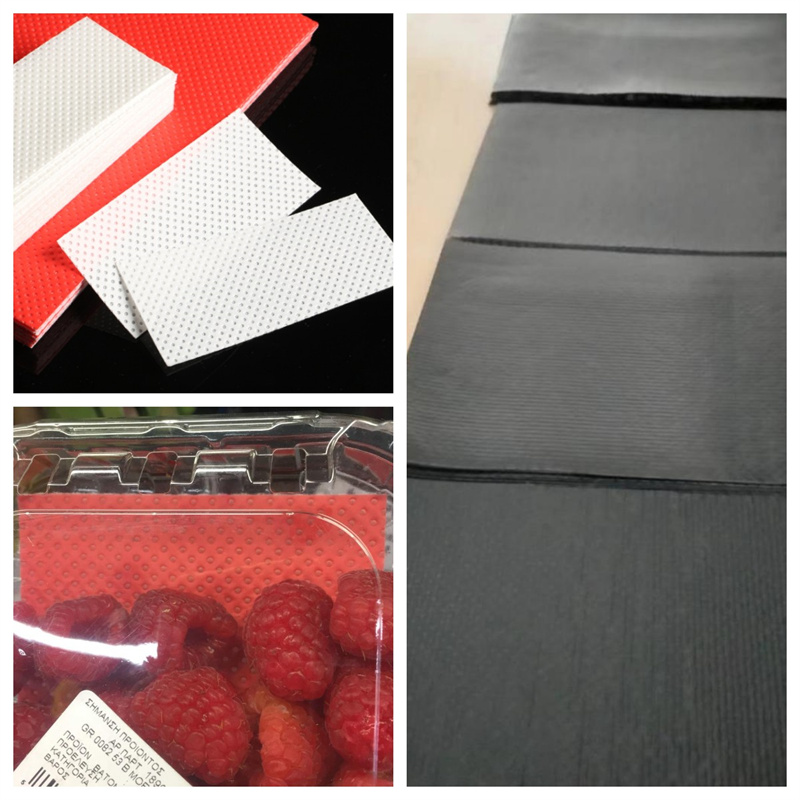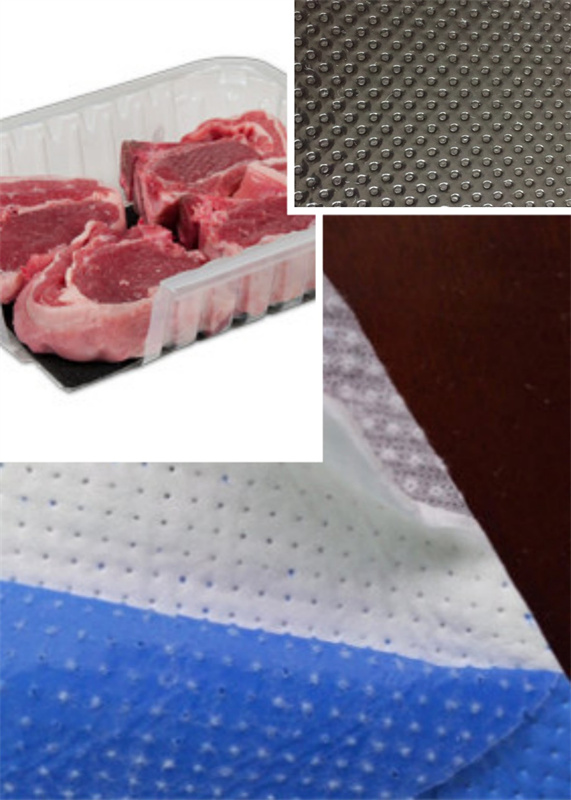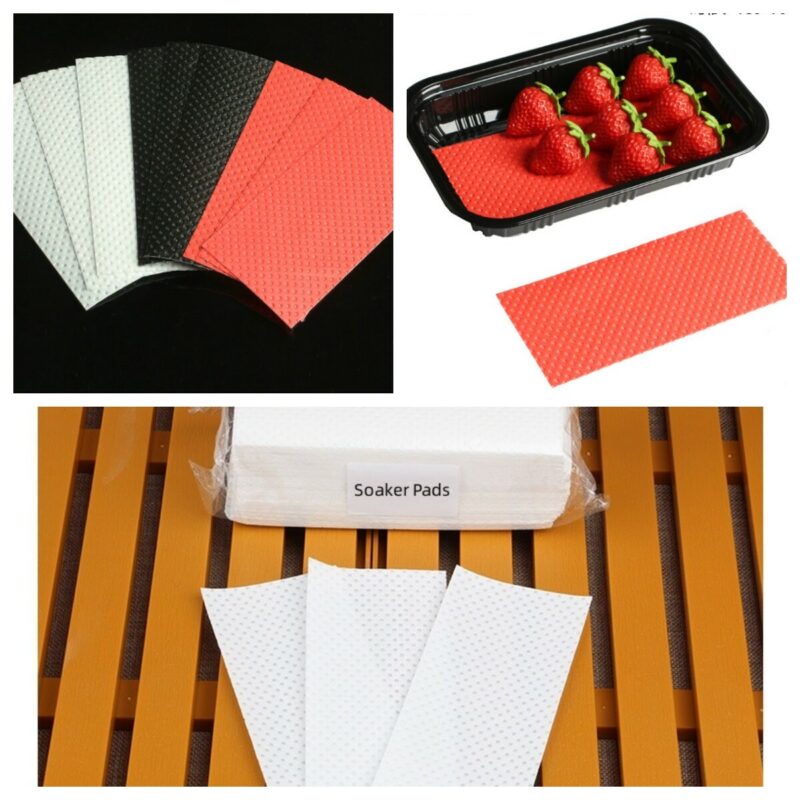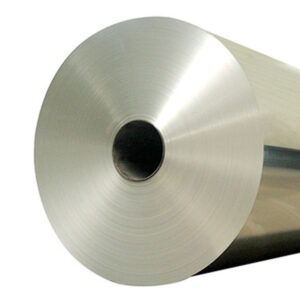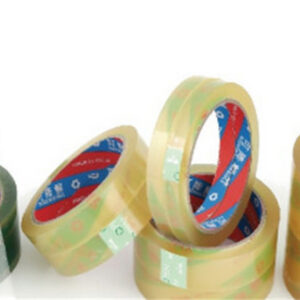General information about Fruit Pads
Fruit pads are more and more used for fruit packing. In response to the escalating pursuit of health and gourmet cuisine, preservation technologies are continuously evolving, ushering in greater convenience and possibilities in our lives. Among these innovations, the freshness absorbent pad has swiftly garnered the attention and favor of consumers. With unique water absorption and eco-friendly materials, absorbent fruit pads effectively preserve and extend fruit ingredient shelf life.
1. Introduction to Freshness Absorbent Fruit Pads
The absorbent fruit pad, known as the moisture-absorbing preservation pad, is a disposable product designed specifically to preserve food ingredients. Its primary function revolves around absorbing surface moisture from food items, maintaining their moistness, and consequently decelerating the dehydration and spoilage process. These absorbent pads, which are typically available in thin sheets, can undergo customization to meet the requirements of various food ingredients, encompassing dimensions, water-absorption capacities, and colors.
2. Materials and Manufacturing Process
Manufacturers craft absorbent fruit pads from polyethylene and air laid paper. Polyethylene, a common plastic material, boasts excellent water resistance and chemical corrosion resistance, effectively isolating food ingredients from external surroundings to uphold their freshness. Air laid paper, on the other hand, is a pure paper material renowned for its water-absorption capabilities, swiftly soaking up surface moisture from food ingredients.
The manufacturing process is relatively straightforward. Firstly, polyethylene and air laid paper are combined to form the foundational structure of the fruit pads. Subsequently, the composite material is sliced into sheets of varying dimensions based on user preferences, culminating in the packaging of disposable products.
3. Water Absorption Principle and Advantages
The water-absorption principle of freshness absorbent pads hinges on capillary action. The fruit pads swiftly absorbs surface moisture of food ingredients due to the surface tension effect, and then, through diffusion, gradually allows it to propagate into the interior of the pads. This process ensures that the food ingredients remain moist during storage, consequently retarding dehydration and prolonging freshness.
In comparison to conventional preservation methods, absorbent fruit pads offer the following advantages:
Extended Shelf Life:
The water-absorption capabilities of absorbent fruit pads effectively retard the rate of dehydration and spoilage, thereby prolonging the shelf life of food ingredients and reducing wastage.
Maintenance of Texture:
Unlike traditional preservation methods that may lead to changes in texture, absorbent fruit pads preserve the natural texture of food ingredients, resulting in superior taste and mouthfeel.
Environmentally Friendly Materials:
The main materials of freshness absorbent pads, namely polyethylene and lint-free paper, are relatively environmentally friendly and do not pose any harmful effects on food ingredients.
Customization:
Users customize pads for different ingredients, adjusting the size and water absorption to match various scenarios.
4. Usage Guidelines and Considerations
The application of freshness absorbent pads is exceedingly straightforward. Simply place the pad beneath or around the food ingredients, ensuring adequate contact with the ingredient surfaces. During storage, the pad progressively absorbs surface moisture, maintaining the desired moisture level of the food ingredients.
However, users should take certain considerations into account when using freshness absorbent pads:
Not Edible:
Users should not consume absorbent fruit pads, as they are disposable products. During food preparation, it is imperative to remove the pad.
Not Suitable for High Temperatures:
High-temperature environments render freshness absorbent pads unsuitable, and users should avoid placing them in ovens, microwaves, or other high-temperature appliances.
Avoid Excessive Moisture:
While fruit pads absorb moisture efficiently, excessive dampness can hamper their absorption and food storage efficiency.
5. Applications and Future Developments
Absorbent fruit pads find extensive application across the food industry, encompassing meat, fruits, vegetables, and more. In the case of meat, absorbent pads mitigate dehydration, preserving the tenderness and succulence of the meat. For fruits and vegetables, absorbent pads preserve natural moisture, extending shelf life while retaining color and texture.
As the demand for food preservation continues to surge, freshness absorbent pads hold immense potential for future development. On one hand, advancements in technology and material engineering can optimize the materials and structures of absorbent pads, enhancing water-absorption capabilities and durability for outstanding performance across diverse food ingredients and environments. Other methods can combine freshness absorbent pads with antibacterial materials or modified atmosphere packaging, bolstering preservation and curbing food waste.
Furthermore, with the escalating emphasis on environmental consciousness, the sustainability of freshness absorbent pads becomes increasingly paramount. Future exploration may use eco-friendly materials like biodegradable plastics or plant fibers to reduce the pad’s environmental impact, promoting sustainable preservation.
6. Conclusion
Freshness absorbent pads, as innovative tools for food ingredient preservation, harness unique water-absorption capabilities and environmentally friendly materials to provide an effective solution for extending shelf life and maintaining freshness. By absorbing surface moisture, these pads retain the moistness of food ingredients, slowing the rate of dehydration and spoilage, consequently reducing food wastage while preserving texture and flavor. Although freshness absorbent pads are disposable, ongoing advancements in material and structural design hold promise for optimizing performance and sustainability. Freshness absorbent pads are poised to play a vital role in food preservation, enhancing convenience and culinary satisfaction in kitchens and the food industry.

